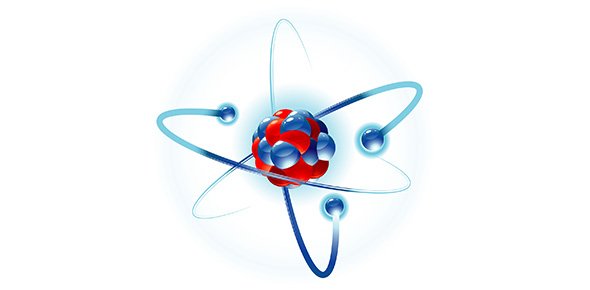Related Flashcards
Related Topics
Cards In This Set
| Front | Back |
|
Equilibrium is the point where the forward and reverse rxn are equal
-both rxns still continue to take place, but there is no net change in amounts of R or P at equib
-fill rate=empty rate
|
Dynamic equib means that product is constantly being created and destroyed but the amount is constant
|
|
Law of Mass Action:
|
Predicts the relationship between the amounts of reactants and products in the equib mixture
-[] at equib determined by equib constant K, which depends on stoich not mechanism of rxn
-K determines the relationship between the amounts of reactants and products at equib
|
|
Value of K depends on whether gas pressures or [] are used
-when K is large, the equib mixture consists mostly of products
-when K is small the equib consists mostly reactants
|
Kc=Kp(RT)-n
Kp=Kc(RT)+n
|
|
The equib constant is a dimensionless quantity
|
Heterogeneous rxn involve reactants and products in different phases
-pure solids and liquidshave []=1
|
|
When reaction mixture is not at equilibrium, Q is used to indicate Rxn's direction
|
Just remember when comparing Q to K
P/R is the ratio
|
|
When rxn proceeds towards equib all initial concentrations change
-at equib, contains a little of each ingredient
|
Watch it bc pure solids and liquids have concentrations that are always one
-a system at equi disturbed by changing P, T, or concentration then system isnt at equib anymore
|
|
When volume is 1/2, pressure doubles
|
-adding solvent decreases concentration, bc it dillutes it
-effect of temp depends on deltaH
-catalysts do not affect equib position-lowers Ea and speeds up rate
|
|
Equib is dynamic so rxns both directions still occuring but no net change in amounts of reactant and product overall
|
Equib constant K completely determined by deltaG
=-large negative delta G gives large K(products), while large positive deltaG gives small K
K=e-G/RT
|
|
Arrhenius Acids: and bases only WATER
acid: increase H+ in water
base: increase OH- in water
|
Bronsted-Lowry Acids/Bases:
acid: donate H+
base: accept H+
|
|
Charges on left must equal charges on right
-acid/base strength related to amount of rxn
-amount of rxn often called percent ionization
%reaction=%ionization
|
-strong acids/bases completely ionize
-for bases must watch stoich
-weak acids only partially dissociate
|
|
-autoionization of water (dissociates spontaneously)
H2O--->H+ +OH-
|
K is large for strong acids, so assume reactants are negligible
-Strong bases completely ionize but must remember stoich
|
|
-polyprotic acids: dissociate to yield more than on proton
-only first proton counts, ignore second proton since Ka is so small
|
-weak acids and bases do not completely dissociate
-%concentration=equib value/inital
|





